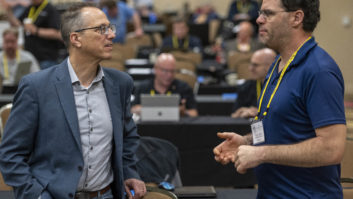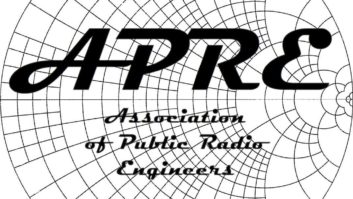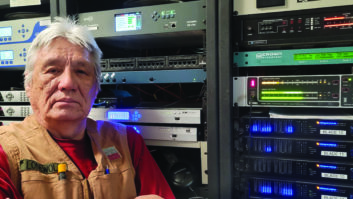Give the guys at CoastAlaska credit. The public radio group in southeast Alaska didn’t wait around for a federal diktat, congressional mandate or FCC proceeding. They built their own emergency flyaway FM station packages.
Called Radio to Go, there are two of them. The group is offering them to other public radio stations in Alaska on an as-needed, loaner basis in emergencies.
Guesstimated to have cost around $10,000 each to create, the soup-to-nuts packages consist of four road-ready cases designed to be hauled by car, truck, plane, helicopter or boat and set-up by a single person. The system can be AC- or battery-powered (e.g. car battery).
Most of the funding came from a Denali Commission grant; CoastAlaska stations provided matching funds.
At the heart of the package is a 150 W Crown FM-150 transmitter. A 20+-foot telescoping mast and Ramsey FM antenna along with coaxial cable, guy rope and stakes are included.
On the production side, one box includes a Stanton C500 dual CD player, digital recorder/playback unit, Alesis iMultiMix 9R mixer with iPod dock; all rackmounted.
Another box carries the “accessories.” That includes mics, headphones, mic stands, digital handheld recorder, cables, extension cords, tool pack, speakers, power inverter emergency AM/FM/W radio, etc.
Designed as fully-functioning FM stations and, most importantly, to function in the rugged Alaskan wilderness, the units will be deployed at separate locations. Risks in their part of Alaska could include storms, earthquakes, tsunamis, forest fires and extreme cold.
Brian Zittlau, director of engineering for CoastAlaska, said: “Radio to Go was developed for our needs here in Alaska. … We have quite a few natural disasters. We were trying to build a system that we could use to get any of our radio stations back on the air in any kind of emergency, whether that would be natural disaster or any manmade situation. Our communities depend on us to give them news and information they depend on.”











